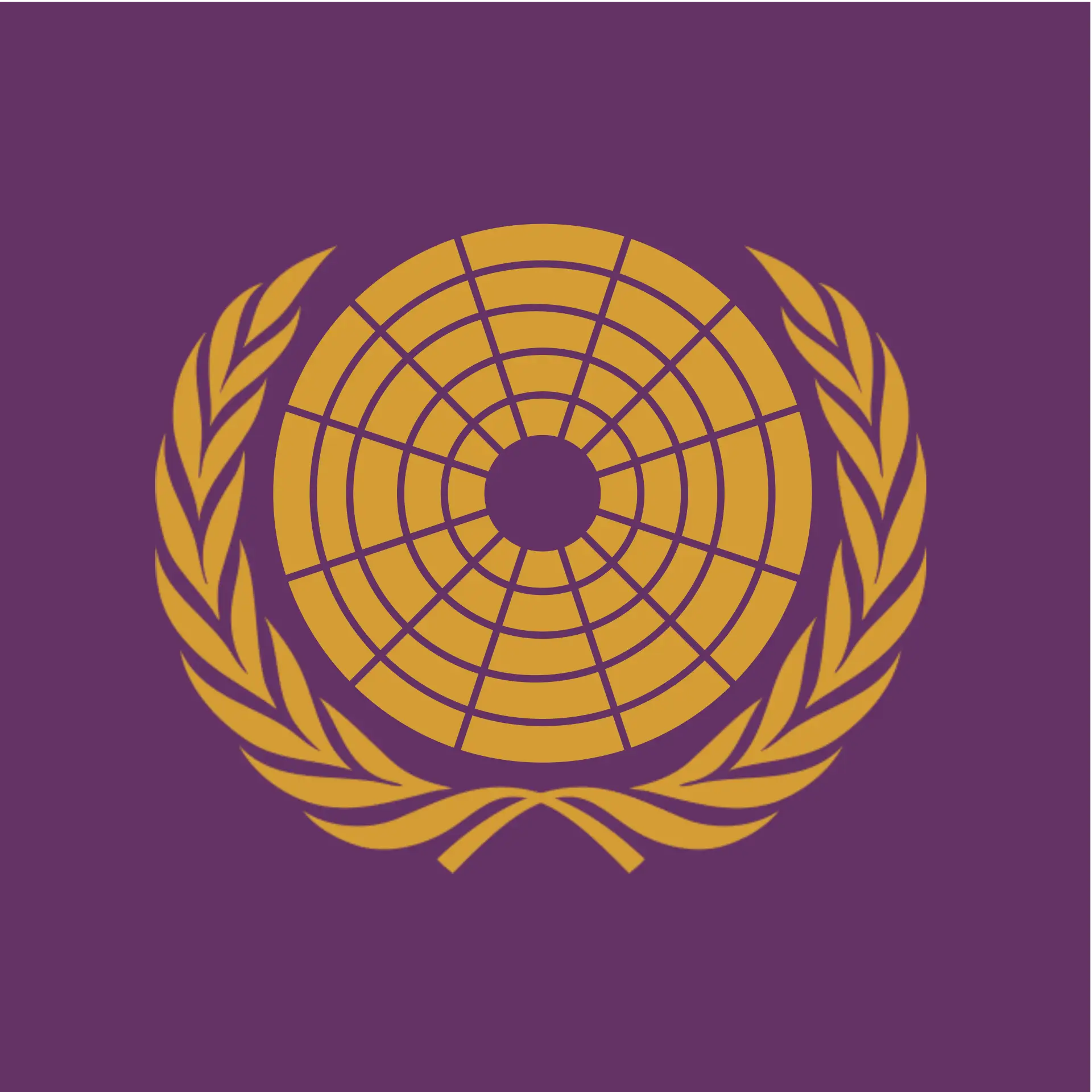Autocratic Voting
Pick One (1), One (1) Winner
The Prevailing Power Structure controls who can stand for election and who can vote. Additional obstacles to suppress opposition are implemented by the power structure to maintain the status quo.
Test Your Knowledge
This Webpage and Video Have a Quiz you can take to test your knowledge and understanding of the content. This lesson is part of a larger education series.
| Leader Appointment |
|---|
| Candidate | Faction | Count | Vote Share |
|---|---|---|---|
| A | 🟥 Red | 50,000 | 5% |
| B | 🟧 Orange | 250,000 | 25% |
| D | 🟨 Yellow | 200,000 | 20% |
| F | 🟩 Green | 120,000 | 12% |
| G | 🟦 Blue | 300,000 | 30% |
| J | 🟪 Purple | 80,000 | 8% |
Autocratic Vote Share
In this example B🟧(Orange) , D🟨(Yellow) , and G🟦(Blue) are disqualified as they are a threat to the incumbency of F🟩(Green) .
Autocratic Outcome
The remaining candidates follow Plurality voting. All viable challengers have been removed with only fringe token opposition candidates remaining.
Autocratic Seat Control
As a result, F🟩(Green) continues to stay in power.
Autocratic Committee Control
Suppression of Free Speech and Information
Ensures only positive messages about the status quo are permitted and minority groups are branded enemies if they petition for equal treatment under the law.
Suppression of the right to vote
Uses the rule of law to justify taking rights away from criminals then is incentivized to make things crimes for the purpose of maintaining power and suppressing dissent. Forced labor classes and an industry to manage them emerge.
The rulers are not subject to the ruled
There is no incentive to invest in the individuals ruled and the ruling body rules through fear and force. This depresses voter turnout and leads to increased levels of disengagement.
A More Representative Way: Proportional Ranked Choice Voting (PR-RCV)
No other system comes close to having the final outcome match the voters interests.
Autocratic Voting
Proportional Ranked Choice Voting (PR-RCV)
Rank up to All, Multi-Winner [>=5]
PR-RCV is similar to RCV except there are multiple winners. This can be accomplished by increasing the number of winners per district OR by combining several districts into one larger district.
| Candidate | Faction | Count | Share |
|---|---|---|---|
| B | 🟧 Orange | 170,000 | (20%) |
| A | - 🟥 Red | 30,000 | 3% |
| D | 🟨 Yellow | 110,000 | (20%) |
| E | - 🟨 Yellow | 90,000 | 9% |
| F | 🟩 Green | 120,000 | (20%) |
| C | - 🟧 Orange | 70,000 | 7% |
| A | - 🟥 Red | 10,000 | 1% |
| G | 🟦 Blue | 200,000 | (20%) |
| J | 🟪 Purple | 80,000 | (15%) |
| I | - 🟦 Blue | 20,000 | 2% |
| G | - 🟦 Blue | 40,000 | 4% |
| H | - 🟦 Blue | 10,000 | 1% |
| · | Dropped | 50,000 | 5% |
Protects Diversity
Supports all political groups all the time.
Breaks Deadlocks
Resolves stalemates in two-party systems using unrepresentative voting methods like First Past the Post.
Enhances Efficiency
Improves the functioning of one-party/No-Party states by removing unproductive incentives in autocratic systems.
Empowers Party Members
PR-RCV Supports all political groups all the time.
Increases Leverage for Legislators
Provides individual legislators more power to represent their jurisdictions in negotiations with faction leadership.
Ensures Neutrality
Enables speakers, chairs, civil officers, and non-political appointees to remain truly neutral by balancing political pressures.
Promotes Cooperation
Encourages cooperative behavior and reduces combative behavior by creating a balanced political environment by making single faction majorities unlikely.
Addressing Autocratic Concerns
Autocracies criticize imperfect democracies for being internally divisive. Their media criticizes disunity and escalating Brinkmanship. They are right.
PR-RCV is One-Party Compatible
PR-RCV is compatible with One-Party, and No-Party Systems as it pays attention to Individuals, not Factions.
PR-RCV protects against disunity in One-Party States
The ability for voters to cross faction lines ensures no faction can get so much power as to lead to disunity among the general population.
PR-RCV empowers local leadership in One-Party States
In systems with only one faction or no faction, the ability for locals to choose specific individuals brings experience and insight not available to distant centralized party leadership.
